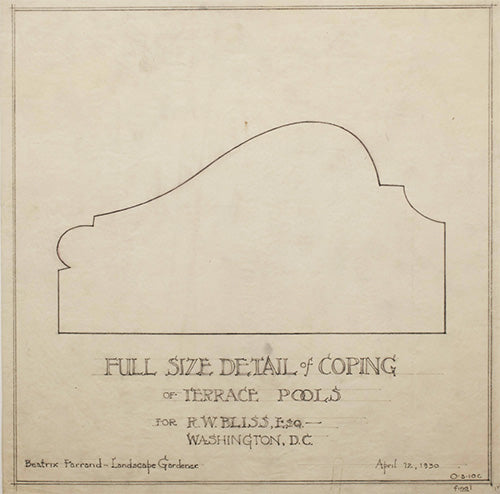Plan & Elevation
Plan & Elevation: The Grounds of Dumbarton Oaks
for STRING QUARTET
[ SCORE & PARTS - PDF DOWNLOAD only ]
I. The Ellipse
II. The Cutting Garden
III. The Herbaceous Border
IV. The Orangery
V. The Beech Tree
Commissioned by Dumbarton Oaks, and premiered by the Dover Quartet in the music room of Dumbarton Oaks on November 1, 2015.
—————
[program note written February 2016]:
I have always loved drawing the architecture around me when traveling, and some of my favorite lessons in musical composition have occurred by chance in my drawing practice over the years. While writing a string quartet to commemorate the 75th anniversary of Dumbarton Oaks, I returned to these essential ideas of space and proportion — to the challenges of trying to represent them on paper. The title, Plan & Elevation, refers to two standard ways of representing architecture — essentially an orthographic, or “bird’s eye,” perspective (“plan”), and a side view which features more ornamental detail (“elevation”). This binary is also a gentle metaphor for one’s path in any endeavor — often the actual journey and results are quite different (and perhaps more elevated) than the original plan.
I was fortunate to have been the inaugural music fellow at Dumbarton Oaks in 2014-15. Plan & Elevation examines different parts of the estate’s beautiful grounds and my personal experience in those particular spaces. Each movement is based on a simple ground bass line which supports a different musical concept or character. “The Ellipse” considers the notion of infinite repetition (I won’t deny a tiny Kierkegaard influence here). One can walk around and around the stone path, beneath the trimmed hornbeams, as I often did as a way to clear my mind while writing. The second movement, “The Cutting Garden,” is a fun fragmentation of various string quartets (primarily Ravel, Mozart K. 387, and my own Entr’acte, Valencia, and Punctum), referencing the variety of flowers grown there before they meet their inevitable end as cuttings for display. “The Herbaceous Border” is spare and strict at first, like the cold geometry of French formal gardens with their clear orthogonals (when viewed from the highest point), before building to the opposite of order: chaos. The fourth movement, “The Orangery,” is evokes the slim, fractured shadows in that room as the light tries to peek through the leaves of the aging fig vine. We end with my favorite spot in the garden, “The Beech Tree.” It is strong, simple, ancient, elegant, and quiet; it needs no introduction.
